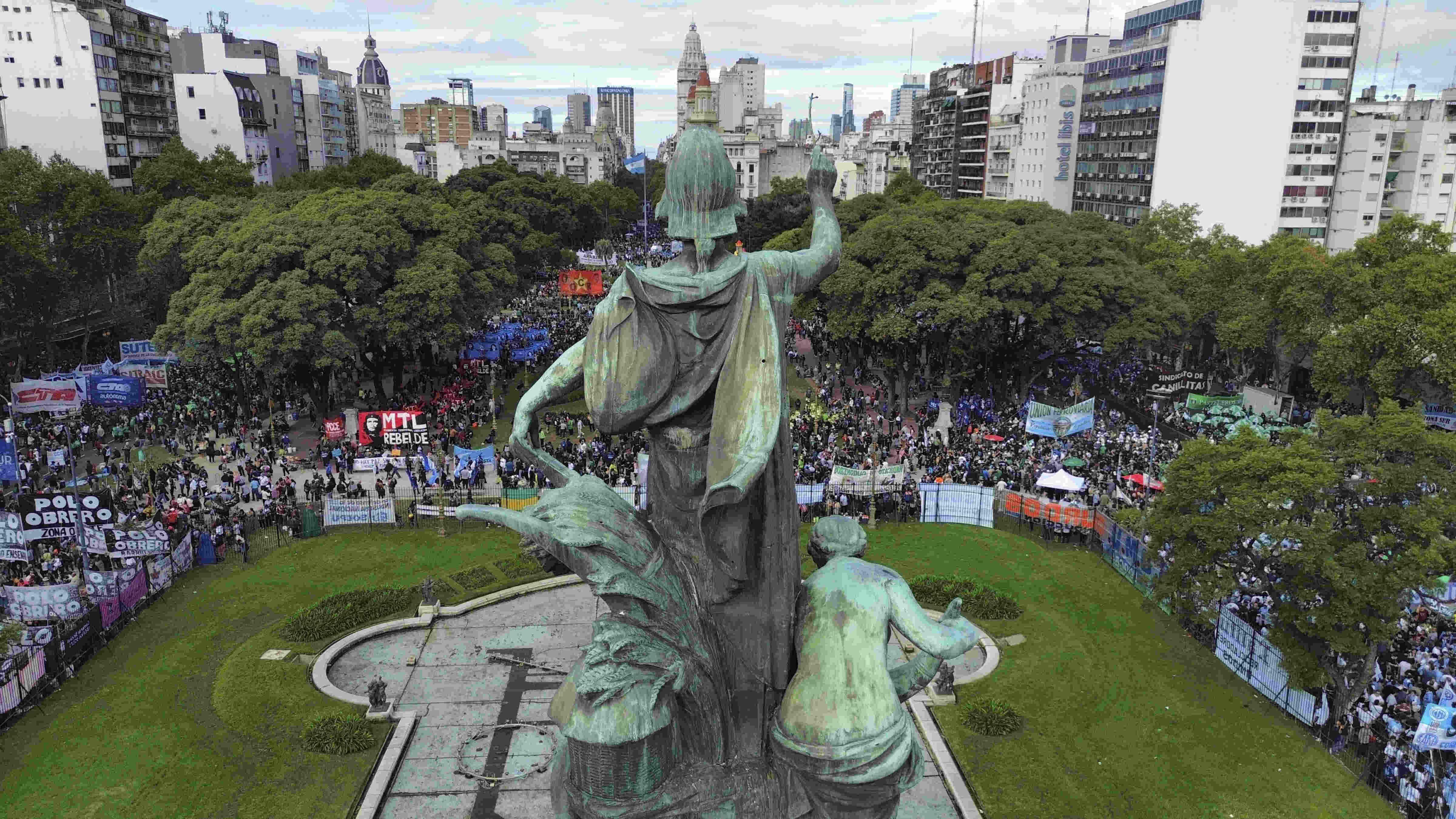Ottoman emperor's design on display in Britain
PORTSMOUTH - Anatolia News Agency

The collection includes war accessory designs drawn by Sultan Mehmet. AA photo
Britain’s coastal town of Portsmouth’s castle Fort Nelson is home to the Royal Armories national collection of artillery, “The Big Guns.”The collection exhibition also includes war accessory designs drawn by Ottoman Sultan Mehmet the Conqueror.
Strategically positioned atop Portsdown Hill with panoramic views across the Meon Valley and Portsmouth Harbour, Fort Nelson is a historic monument restored to its 1890s appearance.
Visitors can access most areas in the fortifications and see how the fort would have operated. The museum’s displays trace the development of artillery from pre-gunpowder siege machines to modern-day super guns. There are over 350 big guns on display. The museum supports the exhibition with voice and visual effects.
The canon called “Şahi,” which was designed by Sultan Mehmet, is a symbol of the relationship between Britain and Turkey. Mehmet’s gun also reflects the relationship between the two countries in history. He was known for his interest in guns. The weapon still bears scars of war. It has gravures and flower designs on it. The beginning of the gun has the saying, “God is our helper.”
The historical story of the canon
The bronze canon was made in 1464. It was produced with two parts, weighs 18 tons and is 1,800 cm in length.
According to legend, the canon was first fired in the northwestern Edirne province of Turkey. In order not to make the locals frightened from the sounds of the big gun firing, the emperor sent information to the surrounding villages.
After the conquest of Istanbul, Mehmet brought “Şahi” to the Gallipoli Straight. The canons were in disuse for a long time. In 1807 they were used to celebrate the British Army visit to the Ottoman land.
“Şahi” protected the Gallipoli Straight for centuries and 60 years after the British visit, the Ottoman Empire gave the famous canon as a present to Britain in 1866 through the efforts of Gen. Sir John Lafroy.

AA Photo
Britain at first wanted to buy the canon but Sultan Abdülaziz decided to give it as a gift. It was perceived as the most important canon in Europe. “Şahi,” was first exhibited at the Rotund Museum in 1929 and later on at the Tower of London Museum. Currently, it is on view at the Fort Nelson Museum.
The Royal Armories collection consists of 70,000 examples of arms, armor and artillery dating from antiquity to the present day. It includes the royal armor of the Tudor and Stuart kings; arms and armory from the English Civil Wars – including the Armory from Littlecote House; British and foreign military weapons from the Board of Ordnance and MOD Pattern Room collections; hunting and sporting weapons, as well as an exceptional collection of oriental arms and armor.
The Royal Armories also has a significant collection of fine and decorative arts and a special collection of material relating to the Tower of London, including antique prints, drawings, paintings, early photographs, stereoscopes, lantern slides and rare books.
The Royal Armories library contains material relating to the history, development and use of arms, armor, artillery, fortifications and the Tower of London.
It has special collections of original military manuals, drill books, and fencing manuals. The collection features 30,000 books and pamphlets, 10,000 journals and magazines and 6,000 auction sales catalogues.
There is a large picture library containing 70,000 images of objects in the collection, which are available for purchase. The archives contain records relating to the museum, collections of research material from scholars such as Sir James Mann and Howard Blackmore, as well as the records of the Royal Small Arms Factory at Enfield.
















